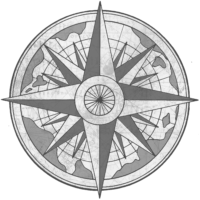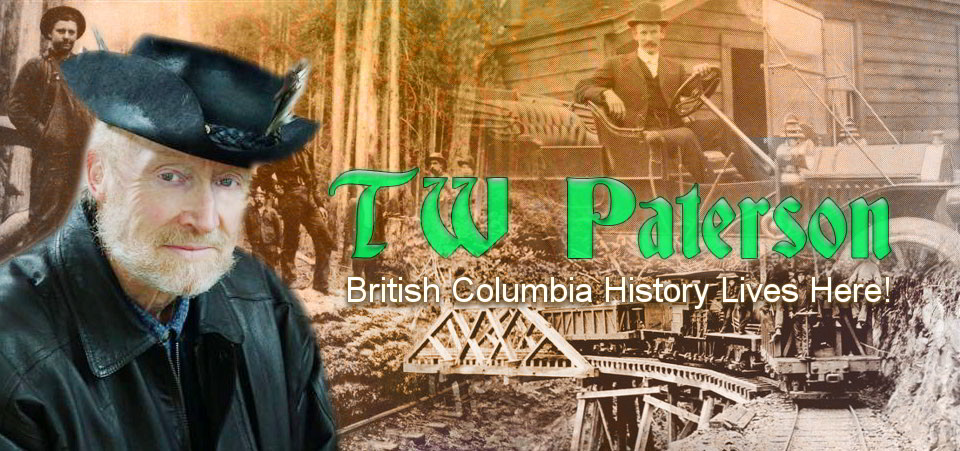Mapmakers Unkind to Original Indigenous Name-Givers

News Item: The Vancouver Parks Board is conducting a ‘colonial audit’ that includes the provenance of place names…
One of history’s many injustices is the way in which so many Indigenous geographical names were erased in favour of European nomenclature.
Admittedly, even those names that survive can offer challenges in spelling and pronunciation for non-Aboriginals.
More recently, some names that were appliex—sympathetically or otherwise—to suggest Aboriginal title have come into disrepute. Long used to denote “an American Indian woman or wife” and employed 11 times throughout the province, ‘Squaw’ has been declared to be unacceptable and is being deleted (no easy task) from maps if not memory.
Some words and terms have changed meaning
Certainly it has nothing on Hul’qumi’num’s Cowichan (an Anglicized corruption) or Chemainus or Khenipsen or Koksilah or Quamichan, Somenos, Tzinqauw, Tzouhalem or a host of others. ‘Siwash,’ from the Chinook trade jargon first used by European traders and Pacific Northwest tribes, apparently has always had a negative connotation which, over the past two centuries, has taken on a totally different and demeaning meaning: “Any small, rural college having a limited outlook and range of studies, used ironically or contempuously”—Funk & Wagnalls Standard College Dictionary (Canadian edition).
In this post I’ll confine myself to my home turf, the Cowichan Valley, which is the Anglicized corruption of the Hul’qumi’num word for ‘the warm land’. As are Chemainus, Khenipsen, Koksilah, Quamichan, Somenos, Tzinquaw, Tzouhalem to name but a few.
Some years ago, Cowichan Bay’s Inn at the Water (today’s Oceanfront Grand Resort & Marina) experimented with Kilpahlas Beach Resort. This is Salish for ‘deep bay’ or ‘deep water’ or ‘deep spots’ and refers to the First Nations beach adjacent to the resort. Then it became the Howard Johnson Suite Hotel at the Water (now there’s a mouthful for you) before returning to the Oceanfront Grand.
Somewhat surprisingly, Patrolas Creek has survived, perhaps because it empties into Dougan Lake so inconspiculously that no one’s cared enough to ‘improve’ upon this shortened version of ‘Est-Patrolas’. It’s exact meaning has been lost but the late Cowichan Valley historian Jack Fleetwood noted that the creek was long used in the harvesting of bull rushes for basket weaving. Farther up the valley, it’s now Hillbank and no longer ‘Kilaalum,’ meaning ‘part-time home’.
Interpretation can be challenge
Cobble Hill also has Kilapi Beach, just south of Hatch Point; it’s Chinook for ‘to come back, to return’—or ‘to upset, to capsize’—which certainly allows for some literary license in interpretation. Today’s Sahtlam was originally ‘Saat laam,’ meaning ‘place of green leaves’.
Skutz Falls, despite their European sound, is the enhanced version of ‘Skwets’ or ‘Squitz,’ meaning waterfall.
Quamichan was an ogre who feasted on children. Chemainus is a bit more complicated, taking its cue from ‘Tsa-meee’-mis’ for the local band which christened itself ‘Bitten Beast’ after a scar on the landscape.
Koksilah community, river and road (my road—TWP), according to G.W. Owens’ Heritage of One Hundred Years, his history of the Duncan United Church, was born in controversy. It goes back to the arrival of Jonathan Elliott, late of Devonshire, in the 1800s. He married the Cowichan chief’s daughter, cleared some land and built a log corral. Others settled beside him, provoking the chief to order them—and his son-in-law, Elliott—off.
For years, the crumbling fence remained and became a local landmark. Hence we have ‘Koksilah’—horse corral. According to the Cowichan Dictionary of the Hul’qumi’num District of the Coast Salish People, it means ‘a big house, with marking on the walls, near old trestle’.
There’s only one ‘i’ in Koksilah
Whatever its true meaning, it’s pronounced Kok-si-lah. There’s no ‘i’ after the second ‘k’ that almost everyone, locals and otherwise, instrinctively insert. Perhaps they know something that the mapmakers didn’t.
One version of ‘Shawnigan’ is that it stands for ‘a place where Indians camp and hunt’. We can safely dismiss the hoary legend that it’s the combination of two early settlers named Shaw and Finnegan!
Mount Tzouhalem (the popular spelling; for years the British Columbia Gazetteer insisted on spelling it without the ‘u’) takes its name from a war chief who, by all accounts, was a terror among his own people as well as their enemies. He made a habit of stealing other men’s wives; husbands who objected were dispatched. Finally, a husband and wife teamed up to end his reign of terror. It’s curious that such an evil character should have his name attached to one of the Cowichan Valley’s most prominent landmarks, even if it was his headquarters and hideout.
Even the murder weapon is marked on the map
Khenipsen Road also owes its provenance to this bluebeard. The Lamalcha couple who ended his bloody career did so by tricking him. When he called at Kuper Island to carry her off to his harem, Tsae-Mea-Lay seized him around the neck with a clam stick and called for her husband. He, hidden nearby, rushed to her aid and dispatched Tzouhalem with an axe. Hence Khenipsen, meaning ‘grabbed by the neck’!
Comiaken Hill, site of Father Rondeault’s Old Stone, or Butter, Church, has been recorded as meaning ‘to pull grass or hay up by the roots’. Or, ‘Indians by the sea’. This question of interpretative accuracy, likely the result of language and cultural differences, is unfortunate. It’s sad enough that so many Native names were wiped clean by the explorers, the fur traders then, finally, the officers of the Royal Navy whose duty it was to attach most of the names that grace modern British Columbia maps and charts.
For those few Indigenous names we kept we ought at least to have taken the trouble to record (if not spell) them correctly.
Finally, one of my favourites, the name of the creek that flows through my property. ‘Sh-Hwuykwselu,’ the late and noted carver Simon Charley told us, means “Busy Place Creek,’ a reference to the gathering of bullrushes.
Busy Place Creek: how cool is that.
(Excerpted from A Place Called Cowichan: Historically Significant Place Names of the Cowichan Valley by T.W. Paterson.)
